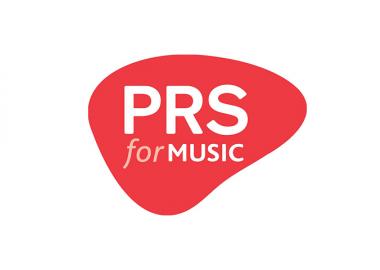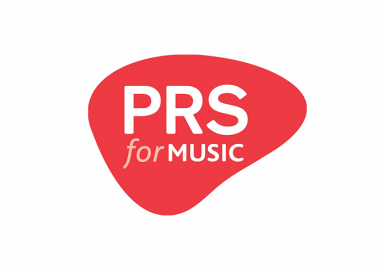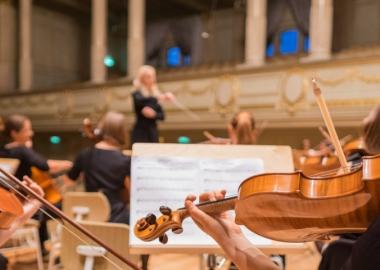If your music group performs copyrighted music in public, you may need to pay PRS for Music fees. These fees help ensure that composers, songwriters, and publishers receive royalties for their work. The cost of a PRS licence depends on the type of performance, ticket sales and whether live or recorded music is used.
This guide explains how PRS fees are calculated and what additional charges may apply.
PRS licence fees for different types of performances
PRS for Music applies different tariffs depending on the type of event:
1. Live classical music performances
- Tariff: Live Classical (LC)
- Rate: 6.5% of box office takings
- Discount for amateur groups: If performers are unpaid and most of the revenue supports the group’s running costs, the rate is 3.25%
2. Live popular music performances
- Tariff: Live Classical (LC)
- Rate: 6.5% of box office takings
- Discount for amateur groups: If performers are unpaid and most of the revenue supports the group’s running costs, the rate is 3.25%
3. Mixed-genre performances
If your programme includes both classical and popular music, the tariff is based on the majority genre.
4. Non-ticketed events
For events where no tickets are sold, PRS fees are calculated based on the audience size rather than box office takings. The exact rate varies depending on the attendance at the event.
If you are organising a free event, check with PRS for Music or Making Music to determine the applicable fees.
How PRS costs are calculated
PRS fees are typically based on:
- Box office takings – A percentage of ticket sales for paid events.
- Audience size – Used to calculate fees for non-ticketed events.
- Type of music performed – Classical and popular music have different tariffs.
- Amateur status – If your group qualifies as amateur, you may receive a reduced rate.
- Venue PRS licence – Some venues hold a PRS licence, which may cover your performance.
Additional charges for recorded music
If you use recorded music at your event (e.g. background music during an interval or a backing track), you may also need a PPL licence.
PRS vs. PPL – What’s the Difference?
- PRS for Music collects royalties for songwriters, composers, and publishers.
- PPL (Phonographic Performance Limited) collects royalties for record labels and performers when recorded music is played.
If your event features recorded music, both a PRS and a PPL licence may be required.
Need help with PRS fees?
Understanding PRS costs can be confusing, but Making Music is here to help.
- Check if your venue already has a PRS licence
- Ensure you qualify for the amateur discount
- Avoid unexpected charges by calculating fees in advance
For more information, visit our PRS overview page or contact us for guidance.
Further information
- Do I need a PRS licence?
- How to pay PRS (available to Making Music members)
We hope you find this Making Music resource useful. If you have any comments or suggestions about the guidance please contact us. Whilst every effort is made to ensure that the content of this guidance is accurate and up to date, Making Music do not warrant, nor accept any liability or responsibility for the completeness or accuracy of the content, or for any loss which may arise from reliance on the information contained in it.








